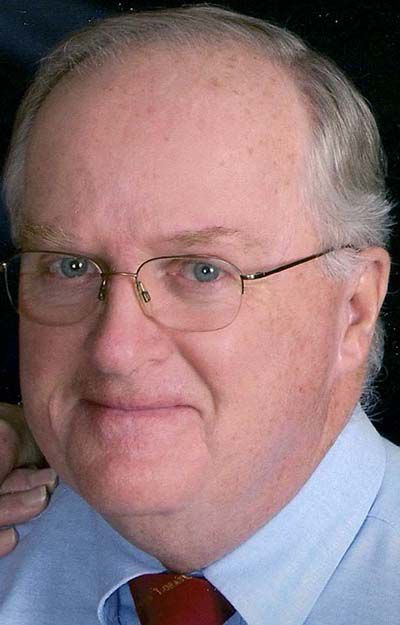As society slowly emerges from the devastating economic effects of the COVID-19 pandemic, unemployment rates continue to be at historic lows both in the local area and nationwide.
In this tight labor environment, employers have had to get creative to both hire new employees and keep those currently on the payroll from leaving for greener pastures or retiring early. A recent Sunday supplement to a local newspaper contained 12 pages of display ads from companies needing to fill the depleted ranks of their workforces.
Here are some observations this retired human resource director made after analyzing those advertisements and experiencing daily life in the post-pandemic world.
Occupations
The health care (including dentistry) sector is increasingly in need of employees. Advertisements offer sign-on bonuses, hourly rates of up to $25 per hour and varied shifts with an emphasis on interesting work and pleasant working conditions.
Manufacturers also are offering attractive hourly rates, often with opportunities for paid onsite training. Unskilled workers looking to enter the labor market can expect to find offers of competitive pay and quick advancement. These employers also offer an attractive range of shifts: A regular eight-hour, five-day schedule; four 10-hour shifts; and even a 12-hour, three-day workweek. I’ve seen a couple of ads inviting applicants to create their own shifts and workdays.
Psychological rewards
Some employers place an emphasis on the desirability of the work performed and the team environment in which it is accomplished. They understand that for many workers it’s the psychological aspect of the work that is seen as most desirable. Compensation still must meet the minimum needs of these employees, but for them the company must be respected, the work must be meaningful and the employee must receive recognition for work well done
Public employment
The public sector is well represented in both print and online advertising. Employers in this career field often highlight the attractive pay and benefits, especially the generous defined benefit pension that offers an early retirement and a guaranteed payout, a feature not often included in less generous private sector 401(k) type plans.
In the past, military services used the “Be all you can be” slogan to attract high school graduates uncertain about their future plans. They offered training and adventure coupled with post-service educational benefits.
Surveys reveal that today’s potential recruits see a military almost constantly engaged in foreign wars with soldiers returning home and suffering from PTSD. Military recruiters are now faced with the prospect of reviewing entrance requirements and the need to focus on quality-of-military-life issues in order to meet recruitment goals for an all-volunteer force.
In addition to print and online advertising, employers have increased their use of storefront notices as a recruitment tool. Pre-pandemic, it was not uncommon to find banners in widows or above employer’s entryways announcing job openings. Today, employers, however, have increased the information provided to prospective employees. Upon entering the lobby, you will likely find a chart board with a specific list of openings highlighting the generous pay and the many benefits immediately available to the new hire.
Recently, technology companies have begun shedding employees after many years of aggressive hiring. It remains to be seen if these newly-separated workers will make a significant dent in the employment vacancies still existing in the economy, or if chronic understaffing will remain a festering problem.
The near-term solution appears to be improved productivity from current employees together with increased use of technology to accomplish the work no longer being done by those who have left the workforce and choose not to return.


